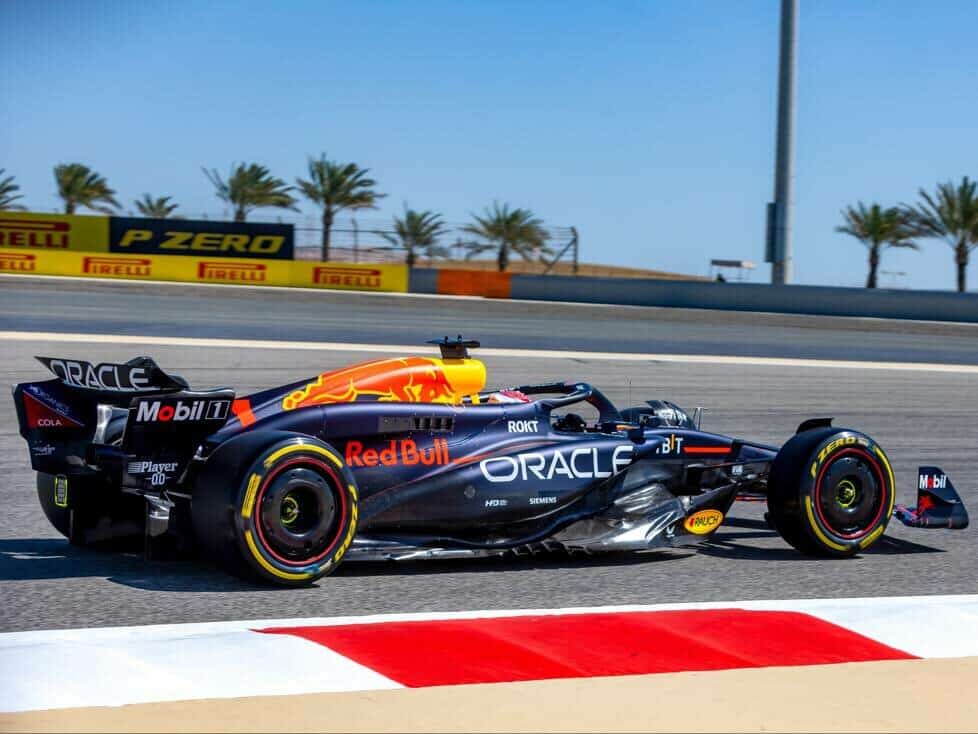Red Bull’s head of engineering Pierre Wache explains what motivated the team to change its concept and why it was worth the risk
Red Bull’s decision to incorporate Mercedes ideas into its new Formula 1 car (keyword: “zero pod”) caused a furor in the pre-season. Many see it as the ultimate way to show that they believe they can successfully implement designs that their competitors have failed with
And based on the form the new RB20 showed in testing in Bahrain last week, there is every indication that the world champion team has already got a lot of performance out of the new concept.
However, Red Bull has not gone the way of Mercedes to prove a point, and in fact initially resisted adopting the rivals’ earlier ideas.
This is because, as technical director Pierre Wache explains, there are emotional aspects at play when it comes to copying other teams’ ideas rather than doing something you have developed yourself. When asked if he sees a certain irony in Red Bull adopting Mercedes’ ideas, Wache told Motorsport.com: “I don’t see it that way, I see it in a different way.”
“You try not to be emotional when it comes to design decisions. Because the first reaction is: ‘Ah, it’s better to have your own ideas’. But at a certain point, you just have to take a step back and ask: Does the stopwatch and our system say what’s better?”
“So you test things and go with what’s better,” explains Wache. “Of course, as a human being you say: ‘I’d prefer to do my own thing’. But that’s dangerous because you have to stick to your own criteria, and if the criterion is ‘what’s better’, we go for what’s better.”
“And what’s more,” adds the Head of Engineering, “it’s not exactly the same, it’s much better.” The main reason Red Bull decided to radically overhaul the car was because the dominant RB19 had reached a performance plateau.
They felt that the only way to make a big enough leap was to do something completely different. “The decision was based on the simulation and the figures,” says Wache, explaining his motives.
“You know that you have to improve a lot because the others will close the gap, and you know that your concept is more or less on the plateau of what you can achieve with it. So if you want a different pace of development, you have to be more daring and take more risks. That’s why we decided early on to take more risks,” he explains.
It was an evolution in the way the car was developed, accompanied by “a big change in the overall strategy”. But Wache insists: “We are not gambling. We are simply taking a risk. That’s something different.”
“You don’t do anything you don’t know. You say: I want to go in this direction, what can I do to achieve that? What do I have to do? And then the solution comes naturally.”
“It’s not a lottery. Instead, you say to yourself: ‘If I do this, it’s riskier than if I keep it’. Then you say: ‘Okay, we’ll minimize the risk by studying more and more and more. And to be honest, the Aero department has done a very, very good job of that,” says Wache.





